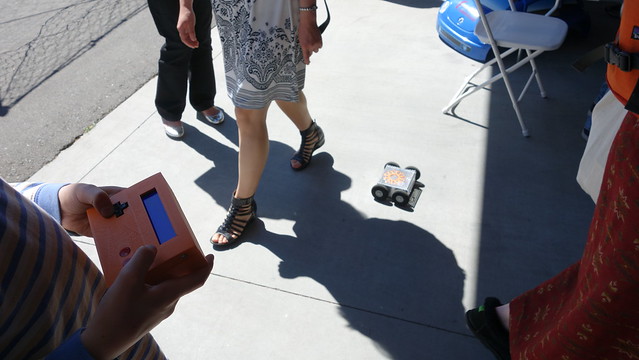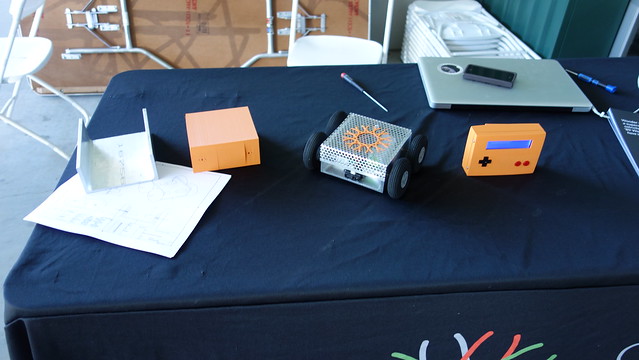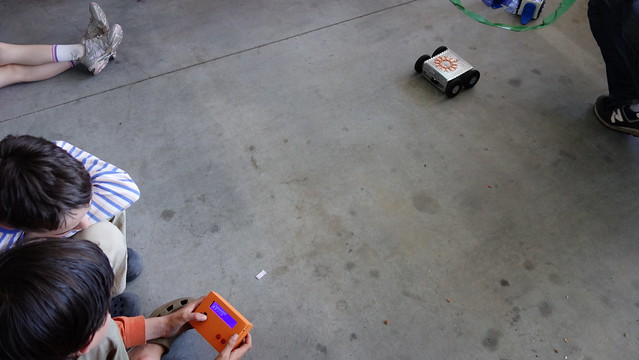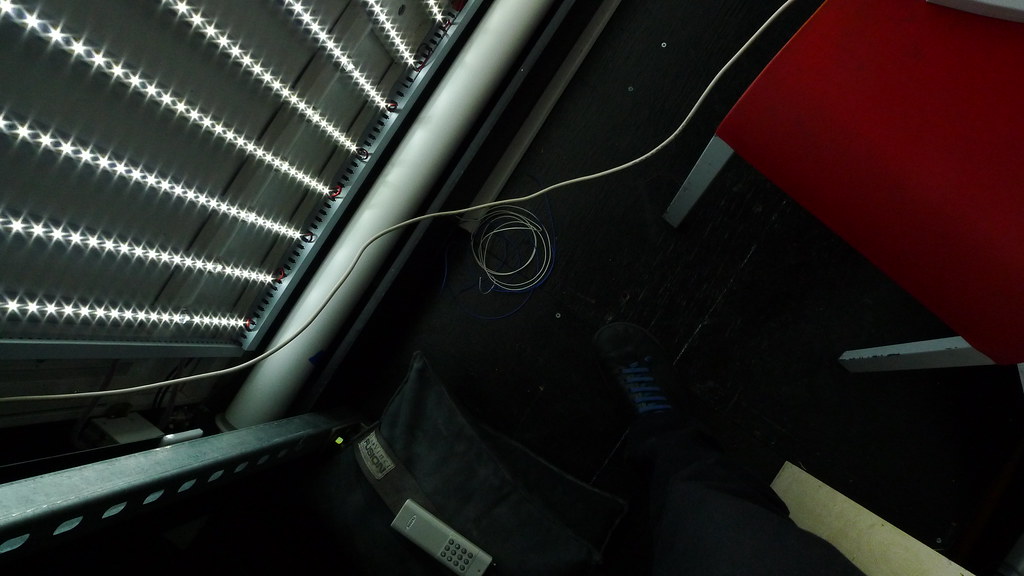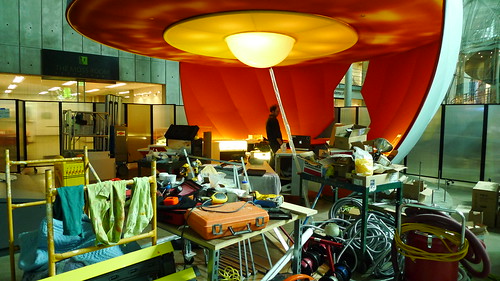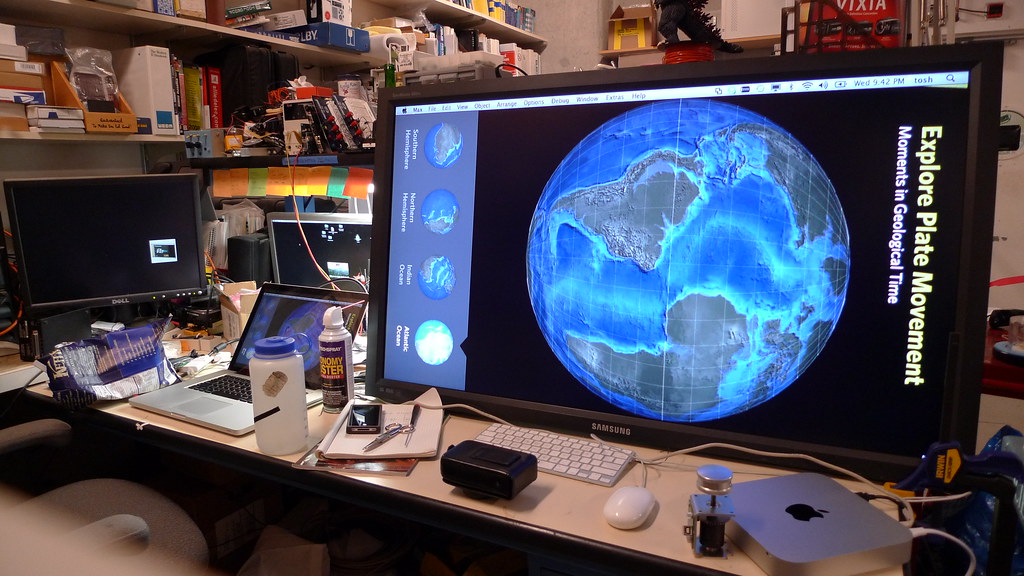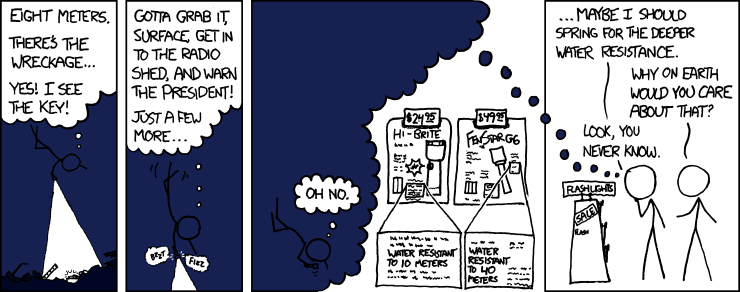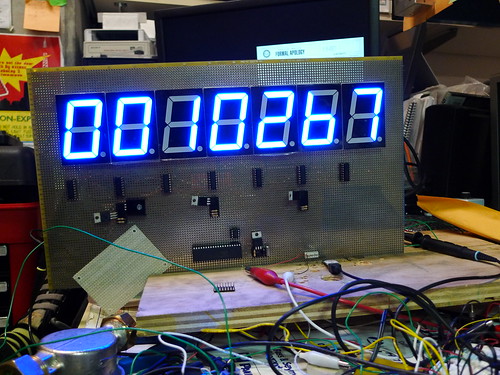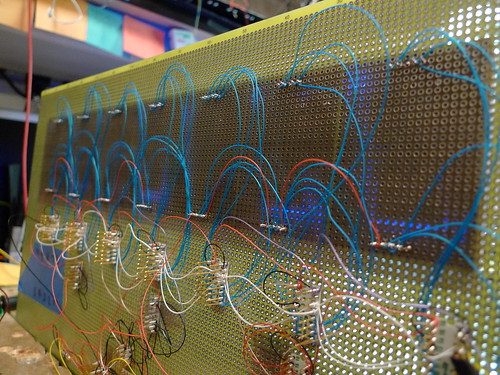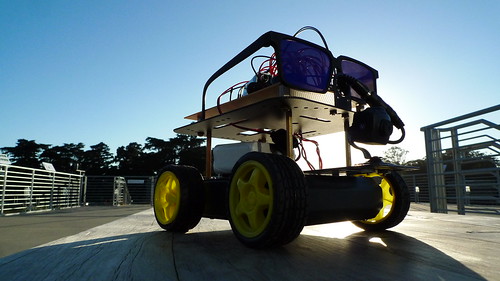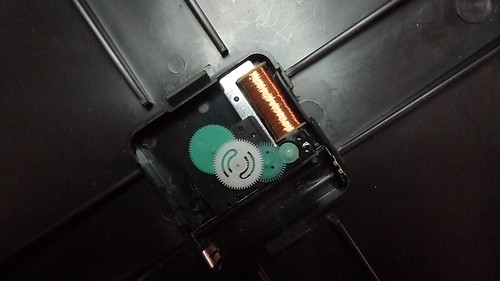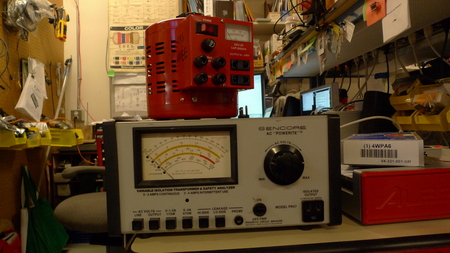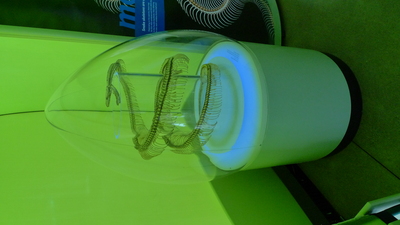<pre><code>
----------begin_max5_patcher----------
4729.3oc4cs0biiar9YO+JPbcdXlS40F23sb1JmJUk+AI47RxVtnjfr3ZIRc
HormYSk82dvMJQJKR.IBSRYWyt1xTjfM95FMZzciF+qubysyx9Nq3VveD7O.
2by+5K2bi7RhKbi9uu41Mwee953B4sc67rMaXok2dm56JYeuTc8UwoOw.kqR
J.kYfejsKGrMtb0en5NWlkVlFugIu6+bdR75pugeayWkj9zi4r4kJZAA8P2C
uCPCiD+B4AE+By+I3WzOUxBYKkM6W+IDppoR2sIIcMqTRqnZu4hjeS9lQXdC
s+dy1UVcyPwE+2e4KhebmkXAuElwxqd2pFq7GaYp9vsIBXBb6LNvb6dx9rfg
fHeIJfknP2fPT+w.7EfAy1UVlk1JFzryehtneHUwn224ZuKh6rK1ruftD9I6
U9q4Mh1KXK6fKeorVUWkRjbXRXm8ajCXtWBfz1f8BdeYMevdd77m4eDDmt.T
TFWtqXeONmUvex3xjrz5baofLND01n5yBC8oDE30pRh5jQcDqA3FNNZOZCbe
Ig8p.T2jsfYBNkBOXknT+gSrTJjDP6EbFLsfy4YobQyzRPNaIm7WYBR8jcde
hafTjRB0qeRn9SKHsZb++qIrLPzcivNAJifZoSbufR5zBJySdZU4xrrRCPYj
uraSgNBL8gJvjzKvDNAAymSYlTaFoPQB12IfIBghb.ZBilfnIa8rrWM.mgdR
3DSbyzPba+oNXjNLbBBm7EIsv.ZhfHeWNEDBR7TyAA6EbNwlVeMaoM5MoXhR
uYji.SDxEC08mdfoE5M8TfIAG3zYzog8BK8ldXoMZM0fIlfbzjPT0jZdndgl
zoGZZgRShutWG5ng4Qpg4zdY2NjLwraOKuHyjM6pES6tIygPWLHGOsPxUr3E
Fc0gRjzG5HK1It.GGIOkVl8zSqYc5ozS1OpakoZnXneK9I7DXlGUMJ1uMeKZ
Ajgh7GGuNtgUlmwIWHzRmqdVhSdMbcV.pS2qGcZa+vu2te7R7udqVU6q7yrZ
VWGrjOXMwwKazHJvab7YuSwUkGtbEtB0yfG50Gb0+pGWq72iqfU85eTAa4Rg
0fQBVOsBxcoaim+L.J9mILu1utTDjp8JtjuDD0oBy.G36AxXOvFp7BCMvERf
QZuODD0GAvnq+w0dDGhpgQJskAg8.UCgW+np1gtNBU0q5KHnOnJ5yqxxPcPz
TPmAckg3qdckQJGViUtdouheAgj9aZYH4CvfZhKQUse15kgkgzqdTsJXMtAU
8Cw82txPuOupJCPA1aVYn+0uYkHTX2RLmYJqnhUlRL7Rk+B9.rLbUtV3HX0S
mBPgn9.qgeD7tguKgUrxtHUtNdovZzmWskdZmoqLP2f1xH3Uu1Rs.Ck.cg3G
0Op+heQnq9Q0Tk1MWgp5Yv6kmMhvW+npNSKbCpRTo1ZOQUxmWUkT0pmPTeaT
URGGUkmUXAOgPhNtU9Vr2APAzwINd47lkAdnJmYer3YF+szwVlPv2uPlNVYE
HlnVUV26p.Tv0uRGerN21bTT8ToJGB0GO+4e8a2q19eWAqPsGsP8wiV9W+N+
uJ+4bErRTqRC0qXkB+LGTOeoFxPqhoG5pe4DZskXOemDRu.sxx9rbBe5GEkk
tBUU5HPv9X3qu2GEckNBUC0NzB1m.k56+INjdpDEKzlH54Gb0qojp27Etwue
gJwtdZV40eX5oHrCQ0.kpgdZU40u6rpx8cGgpvf9aToO9SbD8TIcrU1T5St5
0TFnRycGMOsud2qfH8P5y65O8OCnPGhpdQJG+i5STR8t9iRZ0dawQnpNkFQ8
IHodgehilmZFq.aBlmWzG.MkFxqqyy+9QTGH8g9.noD6RTU2Z8xmFdW+VpWs
40bCpRzsVu7oA8SbdOPU635.ahkGcrRRrNC+kXCS931rhGmks3GfGj6D0Z+c
0178nKI2G0GcMw9T+nKIpC.0tz9JsvwW63lae8B43q0nAq5RqSRYyy1kVVeu
uc5n2Yy+egRBJY.kib870af91DEbfa.QNLTn+152ifdR8BpEEXB9dutFcf6+
VYDOEKUf5b0CSHlKUfH5Uz79mGJfiNCTXjlmdCqnH9I1aFd7vaJFTVpx4BSV
.E5fq4TRQdCbRnhDd8rCfOOu0nSXBpExKjIo++KLXCxQFfzO6PpuBlvtsCg3
fIenNDs9sD.xvVo+tC+tO9+SUXOUIvF0uSPBS6+3JhyUAIscRlvR+ZFGH3FB
APtt9m5QTKFP4sTbUlQ2FNgGI8OmVXpDL68nnLDpc6op3RgocI5DPFmRBaaR
NohO3XYDcUJzCppQtjtDQZwou3wBOb9.lPcArPWYhjl41JXP+fNccUgYxyGa
dBaO70YIwtpHyQiBLmWqFbg26m.dNeE8fG96Er7hGhegwd3uvJdtLa6CKSRm
upnb2xkO7rv90xGjyhTbe42OsgsDGORopHh3Us25PUyDeJ.jFLolZYd1ZCqR
teNP.Aw5QPJSdi5Z4xtvABT8UK3BIKdj2pbR4w3xx7D93D0YOvM6gnatkw0f
rXeYlRApNBZ2Bh2sHICveqkWzoRfdYkpYkzSR2p4utnhkUmT35UOBpVlrl8B
e3WSmldys0qxSvCk2Iesgog0HYNR9z5r4Oqg7pKtPTprOiFIaKK8vCHuiF+n
4cljdr+dq+hi2st7wSCOM+9kwyYs9vmjmdysOkmrHKUPDMdRwkqdc7gH5pWP
c5VdGowaOwCWlksdVb9KIEIyVyZvI3howoIahKYkIJ5AC2+bIa1lmnz.t+Zr
zXdarpXdtPMP8lR8MubhuYA6kj4rWSVTtR1VGPqFGtG0jbZL.pw06ZfzQ16k
Ux3hp0+t1w81hKfd0Q95gRuYht2LppdC1XbE4H53DBOsTI6Nnk4lJcLNFp1D
+LS.WfPnrdHV+ldiJ9kqyhkVIo9PCj3hAXbXsnZ0E.icK.iGF.9+924R89cB
qEIOkxgq9AmHcttnlAUEpvtPSO+VgS7k.mngANm+i4qY+NfZPR0IPJV47dTj
TmqenQHM3pDRGJIT8BhTVnXg.Jb5hlreaQ77e2zHx.UGVUp3odU+rsN79fH2
cGdTllXHG1gnnZaEbyC6ngSWAE9Dk7F2tIUar16KbNUnB5nsrUBdCzQaE5Pi
8bpCLzgUCPsG5vSWnqiAx5.yftGfuGPtGPu+br36NGaCHV48Tjx5ZDjXB0IQ
tE0oWuBrHcQm1VAVBY5JvJIkNQtlfU6hRU4lb0Oac0Zj1WuVGSMT6apJ+5hV
71SfEGVetvghsrTWYGQ78mFjJx1kOuBBpj+AnFcpErhxjz8tq3ebfaCZ16Wk
rXQS2CH4CIK1JcAp5gA+hUr0KhtwVP2B0pSM5lXCcSmVz8aY+sP2gSJ59Djy
ooawpClPzsXoe1Q29SK7FaKcGLsvaeakuilVzM7bnazjgtkSWZEgSlV.tsx2
nIGUirjpckPh9hbx+rhIVei5QGeko.tbxW4SqylEuVGUp8MbiWW815xCjWaG
+N+yzG9YYPk+SO9D2D1cob6TSRWlA.+D.72DGA4yi2UvJ.kqX.tAr++6RxYK
VyRepbk7vJ9QIqheikY4+PPq.cXtkGd4yX.Q3o.Kyy1.9q+HMdaA6NPQFu4h
KEGs47lOkeKLvqhKHdIy2kmKdjWhWui2Hw4r6+mo0HyingeVtJk+jjd+6EGN
1z0mh5qxdErLNW9p1rqnDrI6E8MIaOPRJHFrHQXZNWZE7U9euYy2Ds.WF5om
X47udURIf8BmntG.9KJ1r7cf7f20f1dCV7yhK2EssIN8G.kztnqxALwAVrLi
wXK.KyxO7xAKXkJp7dMqg+ebrl+Ub4v0+fSny4xK4YqUOmrmWTdTWWdbxKRK
MIgH3s06f2AVm8JuOugEmVb3IWjA32gn0X4GgAdM4NMy0sCc+J5Uvgelw1Fu
NQvGpHAEuf+HIh9mBj38kjzcUPRwVNEvWbC3qax33T7Lwmk.5LFml+Fmr9+3
M5hJ4FdKrkK7K.UwJgD+MW.GbX+Ir+k8+.vM+5WyxWun92KPKRy6oXdNikd3
l3nvCKXaKW8n3vlV2w+IU2lybxdUglh90Nkb9LNP8Td1NdaK5JYKkWU1FfjM
7APxWaVJmwJFeH9RNRk2Y+DJ9yp690UYqqZvY6VtjkKT+puAY6JtqJQMQaC9
JWtgSsfsr7hrzepXU7V9WUJV7Jm6sDjlwePljOpdruIVmjtIa8AERVhmNV8R
N7z2exjXAEdQ6LJUMSTkPsT8N6wyqsrfbjNgXG1rfjnRaGhdCMP6NAZ8mVoA
Y8gSvAIM9IpcybiSJnVyieLZZkkj0gq+KmmxjZnQel4EEzYJFihFGnYG2Bmc
lRYxlI7UqaZS0.FkOKO0.mR1Fs4o2J0yJZVIGP7guB+l3W2I9gVUm3iBseeE
c3qhE4mF3VkNyB4Ch+lMLHQuZuwwcwzTmkK5ZEyI5F1raQQSqcA46jpRjm5f
GOBagpRj23npzgaKYrZSuSPN4vq.qSk5dsE5gQSwMQ1PrCNzQEgR0GW4nNUu
BwSqYdJ31D69YbvpbGjn1bKTR2PBbRk4wwa2xNbPK6ZDoJkr6REUT33ngxcS
AiBU1tpOcPgvNmCt4Hz8yv1zmFGtbSeHb35Gu9cGNYr49iE5Hi7Fm4hOu8gQ
KEWMswHD6O0gI5iN7dbnCGMR0p74YalwWqB3AsqMjqVG8dro8U1ppAIDNnS0
BmdpCxXMEqr3U.DUzBPUAo.TUFJ.6KaEfpZZAXeYl.reCdCNTOJ.6mv10pd0
EbHe0oCI0KpqYiBnW6K+IDcFpdk7v8pPUGm65+nhm13BpckesKH4cMthhEpu
vdddyqznYNHCz7RxFpducYx2kKQ9XFRuTsaDtrPOU.9ZPy9I1XopD3FEYd+0
gCdmUE2yy.CU8fg3awVED68dOqx681+DWc3EZwt+DMsprdaXk4Yh83B78vQ.
JU7DUVzGf5dmoMwbAXaKX8cX0Ypyvabn9n7Np6ZNvjZ0Y6VrkqMdgxVI9+P7
OQNTqutjirpJKBncZ8EBNoB5fZOycY6dS0tfR60mNcVV3jpOy487tASD6QAS
2y4iKzmMt5C6PXm0rjQxKhm0zjsbfBq3+Xr8qkiCIJ2W.IW9p4njQZK5uH60
TKjULbZ0DTqFP1PY4Ytuy0VpTuH32n4rwdyIV3q1s8xg2pyrdWAuJWTPpW21
Oa3ENsfWwpptb.t5.IzKzE.bjGoVXotL70O5Cj3qpBrPoQt.cCiBdSnXNazM
bZgtR6Z6s5Wbfa.XhNxYzd.vASK.VjKRWN9FpWKYPfKv2.sCM6k5gIVIrpel
OnOVRvP2fuHT+wWuOTJHpNbxwshIm4QugNTG98.goSKDdYV9qw4KtbLVWGzw
PmnDVefGzOgXxGIkvUmHG0ORx6A9hw8GemVt8o5zCVFxIYUTuV8M+PcSudAN
uVoSuV4L+PkRuVcO+PEUuiCnXGW2yu7XF54o7YiJgS7TAMrshetKNtzP08+q
7kzbelp3qGuwSzb22rgSZrocZaylHJHrG1tIucqlb5sYxaj0rklTuOSTkviS
0to2ahBaMPMfzDJZBRUnfv56421np.uQfpPFoJ+QfpLxACBFVpJDaEGLZDnJ
ibvP3HPUF4fgnAlp7sgCFRFApxLGjNBTkYN3.quJBZEGLXDnJybvvQfpLyAG
X8UhDlyLGLBMBTkQNXDdDnJibvnAVekHzNl4f9gi.UYjC5GMBTkYKYF3YmEt
G1BNHcDnJybPuQfpLxA8GXKjE9VxBNHbDnJybPzHPUl4fCrtcuHa3fd9i.UY
jC5ELBTkQNn2.OiC0pUS3gFApxLGDNBTkQNHcXmcVpdLx.QcjcECBMEZhlfC
OMEXfl7iFdZx2DMEN7zjmIZJX3oIpIZxe3oIhIZxa3oISJy8oCOMYRU9Q1bM
HzjIE493Q.mLFZjgcYxd1fSvIGIIOMbFxn0X0xqfCrw4XqV19.aCE1JanvCr
8lVFsM+IIUMr11IK0IloJz.6iJHdBJri7lf5EhrJtjng0CUQ1v9hF30FCsZ7
GDNAYevg03kiAgIA+KvlfJGMr.kUACYfiPSjms3Dd3Dnrwcm3g0CdX6L8bfi
vsUlHL4rPeX0DPCldYclGZ5QSTazD3MvRSSvLFzyehx6LqIXXmtyJhJXXUYF
PrFnFx0EOEW+BwF8AHh+HPUlmGdXcatczj2HfTFCtGcLjpHFoJzzyshCrJcj
c5zo9i.UYN3rQi.UYNYRHi.UYTV2OXDnJpwD5ZfcBafUSAFPmd5EBvi.+yyX
JURGApx2HUAGApJvXBDOF5PCMRUigbUjQo8gNEvsJfCQCc5xaiOEv8JLH7+3
e+k+C.e5.AC
-----------end_max5_patcher-----------
</code></pre>


